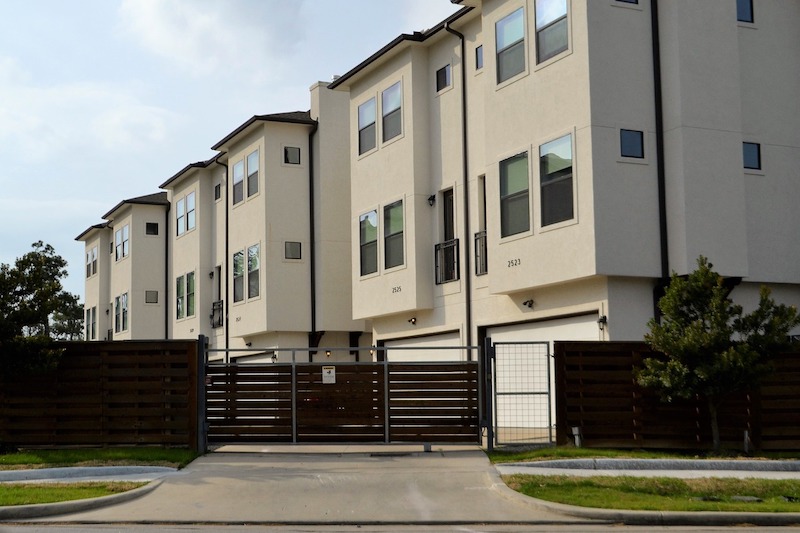The International Living Future Institute (ILFI) has released a new edition of its Living Building Challenge Framework for Affordable Housing.
This second edition has been revised and expanded with updated findings, detailed case studies, and new strategies and approaches to financing, designing, building, and operating Living Affordable Housing. ILFI has worked closely with 27 projects in its Affordable Housing Pilot Program and with affordable housing professionals through education, events, and general project support. The 27 pilot projects represent nearly 800 units of housing in 13 states and the District of Columbia and Canada.
These projects are serving thousands of individuals and families with incomes varying from less than 30% of the area median income (AMI) to 80% AMI. Populations, contexts, climates, and densities of these projects vary significantly including individuals just leaving homelessness to seniors and families in urban and rural settings.
The projects also vary climactically from hot, humid to sub-arctic, and in size from 125 sf accessory dwelling units (designed as a prototype for future projects) to a 23-story high-rise in Chicago. “These projects are demonstrating that it is possible to create a more socially just, culturally rich, and ecologically restorative built environment for all,” according to ILFI.
Related Stories
| Mar 8, 2012
Federal silica dust rule caught in bureaucratic limbo
A federal rule meant to protect the lungs of workers has been caught in bureaucratic purgatory for more than a year.
| Mar 8, 2012
New LEED-EBOM rating has requirements for specific project types
Several key changes are proposed for the LEED-EBOM Rating System in 2012.
| Mar 8, 2012
Green buildings more resilient than conventionally built structures
A new study by the U.S. Green Building Council (USGBC) and the University of Michigan’s Taubman College of Architecture and Urban Planning suggests that structures built to green standards can advance building resiliency.
| Mar 1, 2012
LEED Platinum standard likely to mean net-zero energy by 2018
As LEED standards continue to rise, the top level, LEED Platinum, will likely mean net-zero energy construction by 2018.
| Mar 1, 2012
EPA beefs up stormwater discharge rule from construction projects
The U.S. Environmental Protection Agency (EPA) has now finalized its 2012 construction general permit (CGP) that authorizes stormwater discharges from construction projects that disturb one or more acres of land in the areas where EPA is the permitting authority.
| Mar 1, 2012
Regulators investigate structural failures during construction of two Ohio casinos
Regulators with the Occupational Safety & Health Administration and the city of Cincinnati are investigatingthe collapse of the second floor of Cincinnati's Horseshoe Casino as workers were pouring concrete.
| Mar 1, 2012
Is your project too small for LEED? Consider other green standards
There are many other recognized national, state and local programs that offer a variety of best management practices and sustainable design, construction and operating strategies.
| Mar 1, 2012
California bill aims to cut costs for commercial building energy retrofits
A bill in the California Assembly would allow the state to pool together property owners’ energy-retrofit loans.
| Feb 29, 2012
Carvalho appointed Shawmut Safety Director
He has been a driving force behind multiple safety-orientated initiatives at Shawmut, including Safety Week, the creation of an online safety manual, and the implementation of a new safety reporting and tracking system.
















